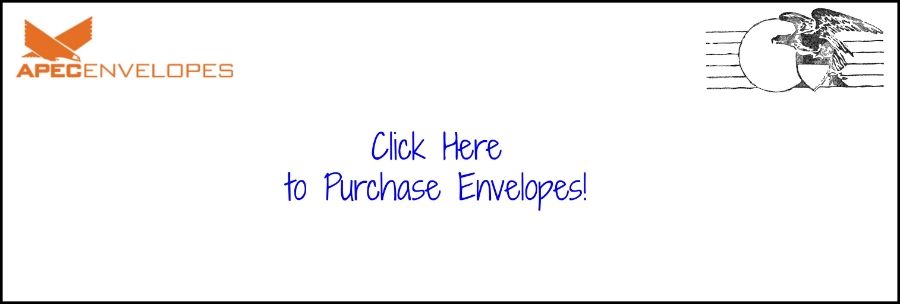How is
Paper Made?
Most
people use paper daily. They print documents, take notes and mail letters. But
have you ever wondered how paper is
magically transformed from tree to paper product – and how long we’ve been using
it?
The
fact is this: the tradition of using paper is really old. Use of the material
is traced back to ancient Egyptian civilizations. Of course, what they used was
slightly different than today’s paper products. The ancient material was
harvested from the steam of Papyrus, which is a plant located in the Nile
Basin.
Today,
the paper process starts with trees harvested from the forest – but what does
the process involve?
The Process Unveiled
It’s no
secret that paper comes from trees. In fact, 95 percent of raw material used in
papermaking is extracted from trees. During the production process, the main
ingredients are wood, water and energy.
The process
starts in the forest. Trees are harvested and timber is transported to the
paper making facility. Logs are disintegrated into tiny pieces to create pulp. This
process is highly efficient, with at least 90 percent of wood converted to a pulp
material.
Water is
used to capture the pulp, which is then used to form large sheets. The large
sheets go through a drying process, which removes even more of the pulp. After
this process is complete, different types of paper are formed.
The Future of Paper
Paper has
come a long way since harvesting the Papyrus plant in accident Egypt. And it’s likely the
papermaking process will go through some change in the future. To start, manufactures may transition to using
more environmentally friendly alternatives to expanded plastic packaging made
out of paper, such as paper foam. The new material is biodegradable and can be
recycled.
Also, with
concerns about synthetic coatings, paper may shift to using zein, which is a
type of corn protein for paper coatings in high grease applications, like
popcorn bags.
Tyvek and
Teslin may also be used in printing media, because it’s more durable than
paper.
What changes do
you think are on the horizon for paper making? Please share by
leaving a comment below.
Also, have
you signed up for our blog yet? Simply click here and you’ll receive fresh new ideas,
conveniently delivered to your inbox!

No comments:
Post a Comment